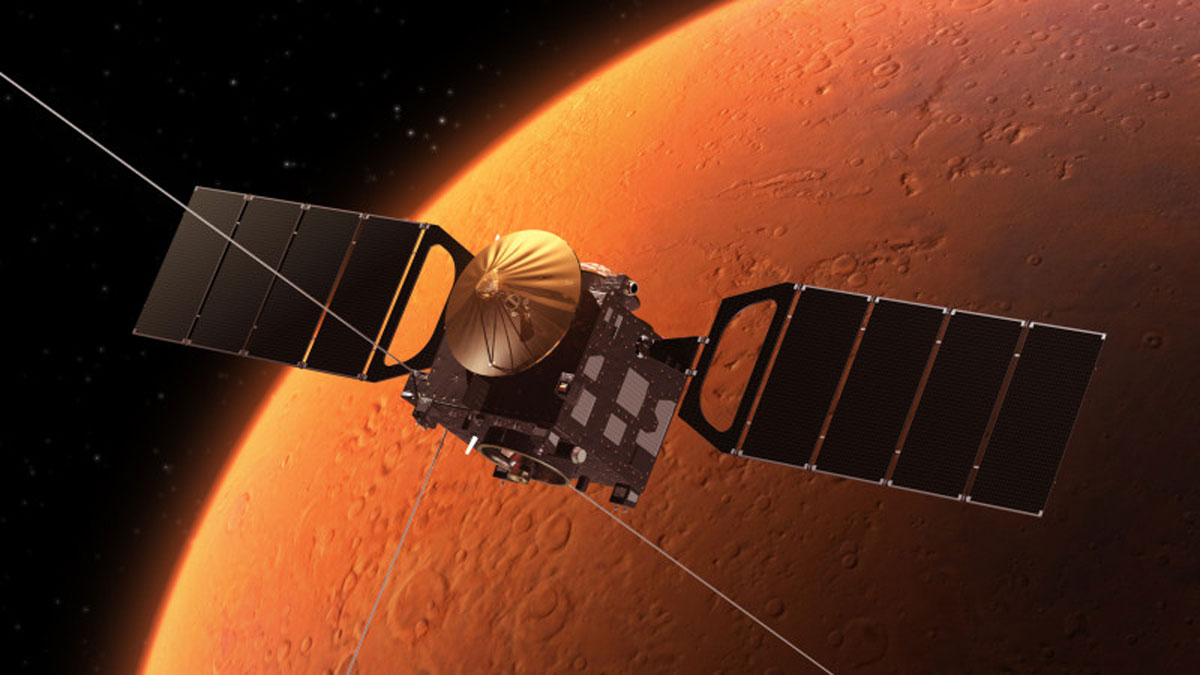There may be a huge accumulation of ice under the equator of Mars. This conclusion was made by specialists from the European Space Agency (ESA).
The discovery was made with the help of the European Mars Express orbiter, which arrived at the Red Planet in 2003. Scientists estimate that the thickness of the ice deposits is about 3.7 kilometers: if this ice were brought to the surface and melted, it would cover the entire Mars with an ocean 1.5 to 2.7 meters deep.
Experts already suspected that there might be ice under this area, but could not rule out that it was volcanic dust. Now, 15 years later, new data has shown that these are indeed layers of ice covered in dust several hundred meters thick.
The study proves that Mars looked different in the past than it does today, with glaciers, lakes and rivers on its surface. Scientists expect that human missions to Mars will reveal more about its past.

